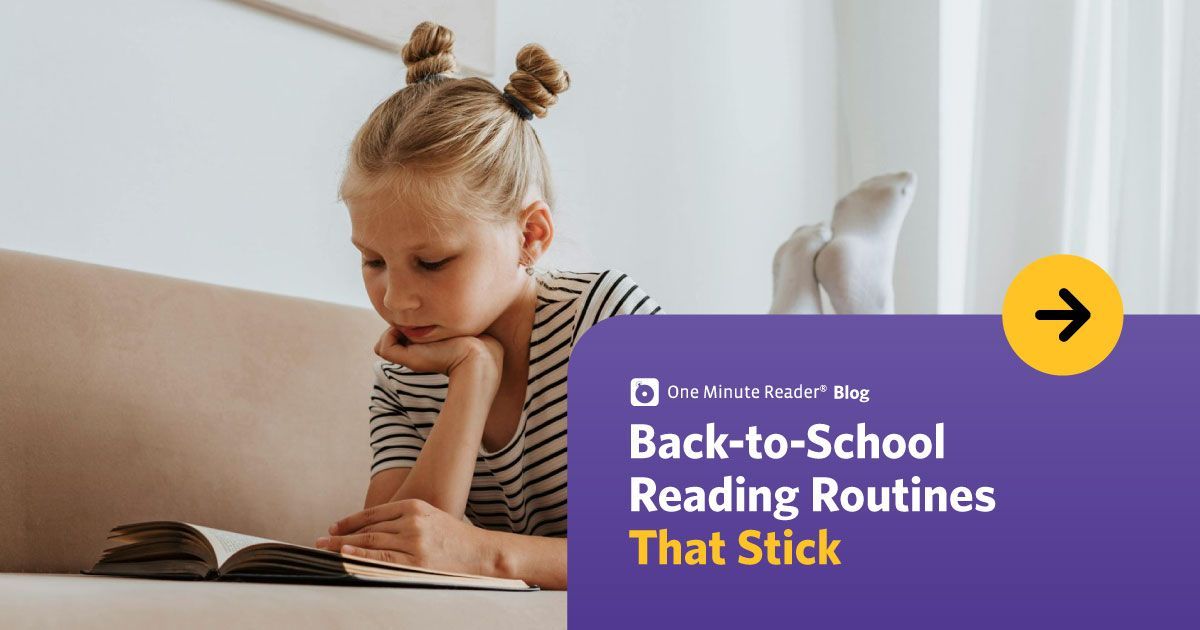Blog
Rethinking How We Teach the Letter "X"
Raise your hand if you've ever heard a child joyfully declare, "X is for Xylophone!"? While it's technically true, “xylophone” is probably not the best example word to use when teaching the “X” sound. Why not?
The Science of Reading guides us to help our beginning readers connect letters to their most common sounds. The letter “X” doesn't typically say the /z/ sound we hear at the beginning of words like "xylophone." Instead, its most common sound—/ks/—is typically found in the middle or at the ends of words, as in "oxen" or "box."
Starting phonics instruction with the most common and consistent sounds helps establish a strong foundation. Starting with "X as in fox" can reduce confusion later on. You can introduce more complicated phonics patterns when your developing reader is ready for them.
Think about other words that start with “X”. Words like "X-ray" or "xerox" might come to mind, but they're not exactly in the everyday vocabulary of our beginning readers. By associating “X” with accessible words that embody its signature /ks/ sound, we're providing a clearer learning path for our budding readers.

Highlighted Posts
Ready to see an improvement in your child's reading?
Sign up today and get seven days for FREE.
One Minute Reader is just $8 per month after your free trial.


